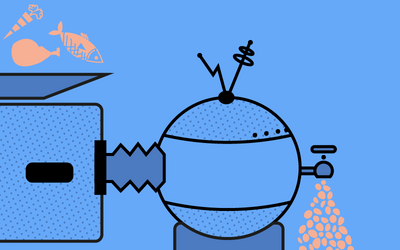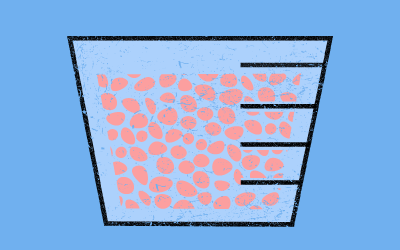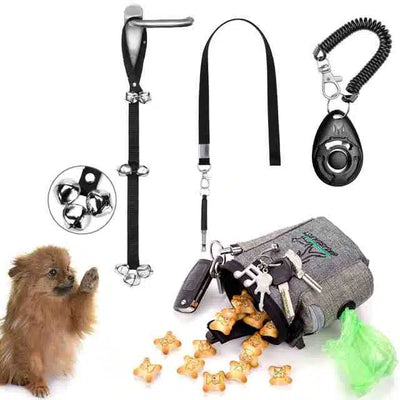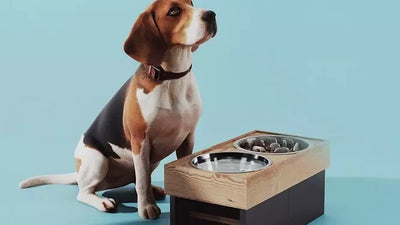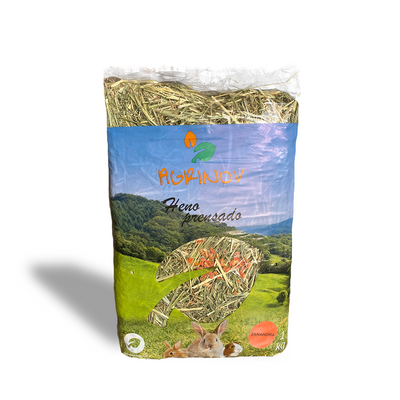Do you want to understand why your dog pees inside the house? There are some important points that you should keep in mind before taking action on the issue.

What options do I have to prevent my dog from peeing at home?
Like us, dogs are animals that need to be constantly hydrated, so it is to be expected that they will need to urinate several times a day.
For people who have a garden , it can be very useful to teach them how to do it outside, but people who do not have this opportunity have to decide between two options. One option is to use “soakers” or “training mats” to designate an area inside the house that also helps contain the liquid and keep the area cleaner. The other option is to adjust our schedules to be able to walk our dog several times a day and thus be able to teach him to wait to be on the street. For this option you have to think, in a very general way, that the dog will need to go out at least 3 or 4 times a day to have positive results . (This may vary depending on the breed and personality of our furry friend)
To begin with, we must understand the different scenarios in which we can find ourselves when we talk about this topic, but ultimately and regardless of the situation, an approach with positive reinforcement will be much more successful than correction with punishments .
If you have a new puppy at home, it is normal that during the first few months you will have to clean pee in different areas of the house, especially if they are younger than 3 or 4 months. From the 4th month onwards it is advisable to start positively reinforcing the places where we want them to do their business, whether on a pad or outside the house on a walk. The important thing is to be attentive to the moment when he relieves himself to encourage it with caresses, games and even treats. The success of this exercise depends on patience and positive repetition .

This exercise is also very useful for people who have adopted an adult dog and it has not yet adapted to its new home . In this case, the exercise may take a little longer and it is advisable to go to a dog trainer, especially if our new friend already has some learned habits that we want to change.
Why does my dog pee inside the house?
If your dog pees at home since you have another new member in the family, the reason may be territory marking . It is a fairly common behavior and occurs with greater emphasis in males that are not sterilized and in females during the mating season.
In this case, it will be important to be patient and, as far as possible, be present when the dog pees inside the house to make the correction with a “no” (in a firm tone, without the need to shout). , followed by the positive reinforcement that must be done in the area where we do want it to do so.
One reason a dog may pee at home is to attract attention . In this case it is more important to identify our current habits with the dog to look for a change that favors our friend since this situation generally arises when we do not go outside with him enough. This generates anxiety and stress in the dog that ends up releasing it, among other ways, by peeing at home.
Another particular case is when our dog is older and begins to become incontinent . In this case, as in any other case that is for medical reasons, we recommend that it be evaluated by a trusted veterinarian before taking any action.
We can also find dogs that when receiving visitors or meeting other dogs, pee at that moment, this may be due to submission or overexcitement . This occurs a lot in small dogs that do not yet have full control of their sphincter, although it can also occur in older dogs that have probably gone through an experience that has marked them and generates that reaction.
In the case of puppies, it is a matter of waiting for them to grow and gain control to start with the exercises that we mentioned at the beginning.
If, on the other hand, your dog is already an adult and the reason is a reaction of submission, the help of a trainer can be very useful. We must identify the fear factor and work with the environment to accustom our partner to the fact that it is a safe space in which they can function calmly.




